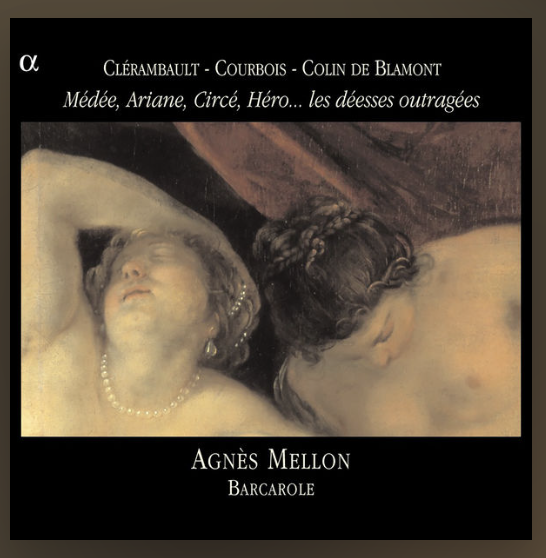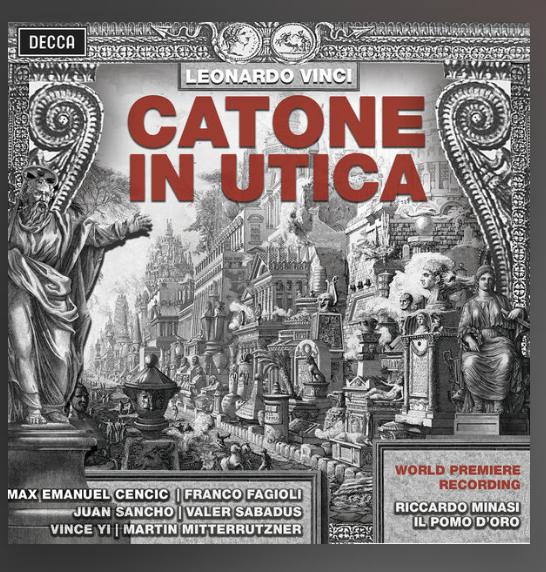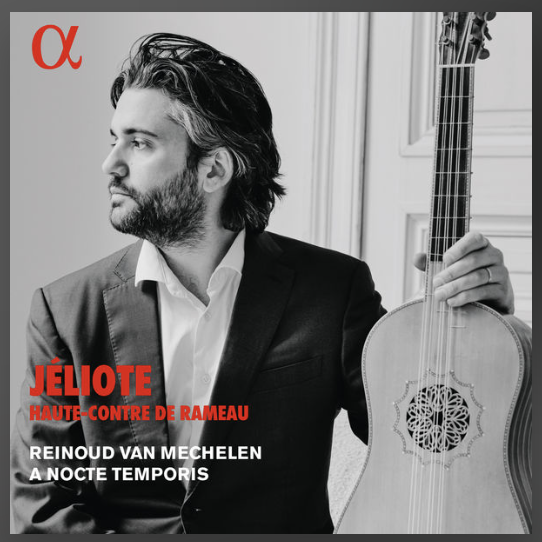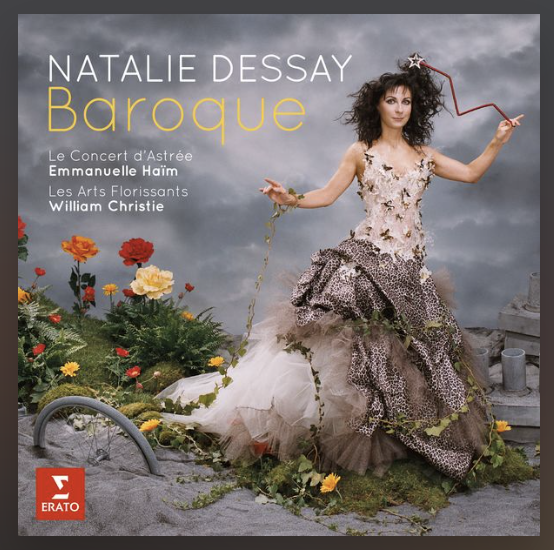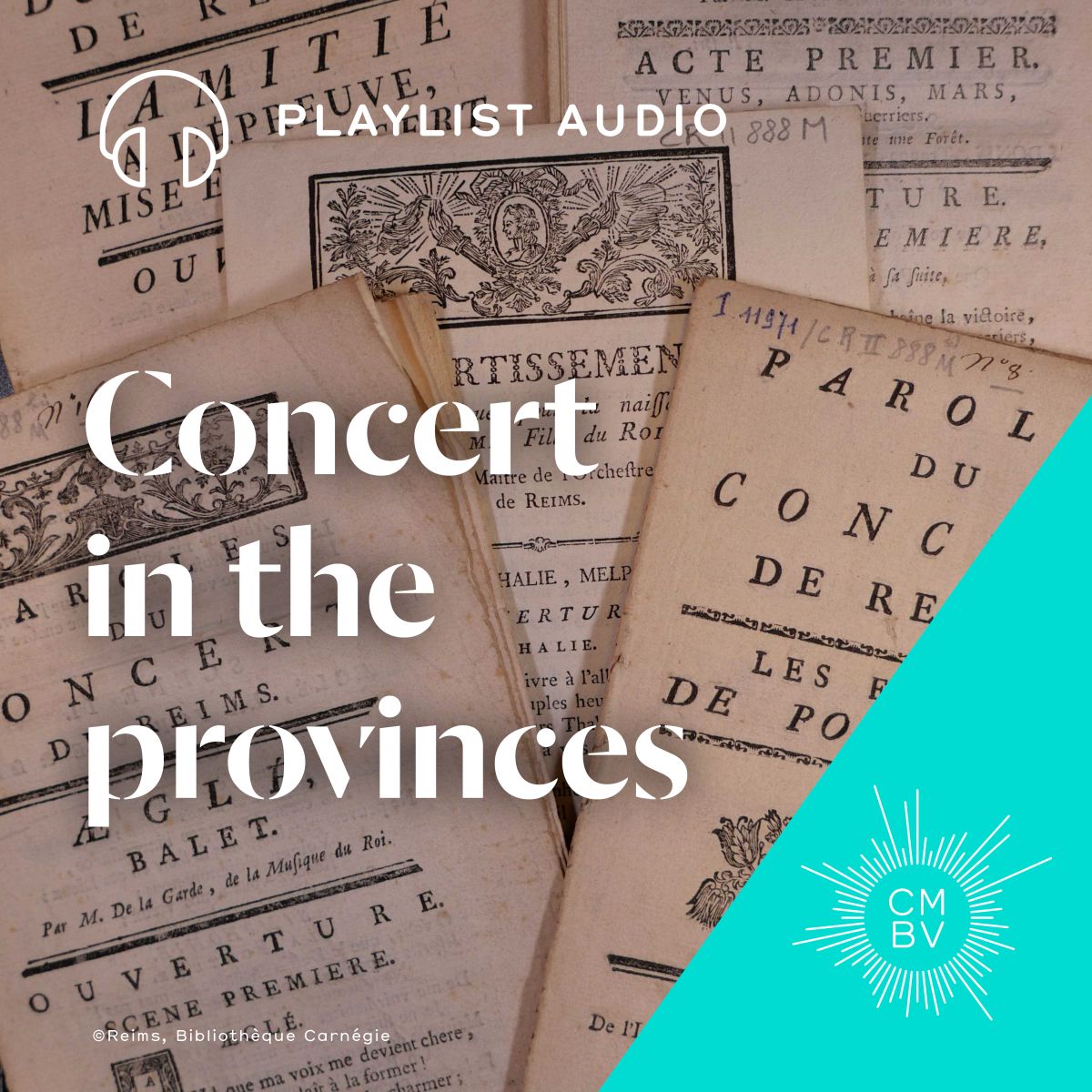Each month, the Centre de musique baroque de Versailles establishes a thematic playlist for you to experiment an immersive journey in the French musical repertoire of the 17th and 18th centuries. Enjoy the music!
By Bénédicte Hertz, researcher at the Centre de musique baroque de Versailles (CMBV)
Rediscovering the official birth of the Concert in France has been one of the most great adventures in recent years! The AcadéC project of the Centre de Musique Baroque de Versailles has made it possible to identify around sixty Concert societies, known as music academies, scattered across France between 1710 and 1770. It was in the provinces that this brand new type of entertainment, the institutionalised Concert, was invented and formalised, and it had a lasting impact on musical repertoires, as well as on performance and listening practices.
This playlist offers a strangely composite journey. It reflects these new types of programming, which were always guided by the quest for ‘good taste’ and the satisfaction of a demanding public, and which mixed vocal and instrumental, secular and sacred music in the same concert.
French operas
Operating on a subscription basis enabled music academies to free themselves from the privilege of the Royal Academy of Music (Opéra) in Paris, the only institution authorised to perform music in French verse in a paying performance. This was a major difference from the Concert spirituel in Paris, for which tickets had to be bought and which, in order not to compete with the Paris Opéra, confined its vocal music to the sacred or foreign repertoire (with the exception of the years 1727-1735).
In the provinces, opera was performed at the Concert in large extracts and without staging. It was also sometimes arranged by the academicians in the form of medleys of ‘collected fragments’. The repertoire was drawn from all the great Parisian successes, both ancient and modern: Lully, Campra, Colin de Blamont, Mouret, Rameau, Rebel and Francœur, Mondonville, who was at one time music master at the Concert de Lille, and Leclair, whose family played in the orchestras of the Concerts de Lyon and Moulins.
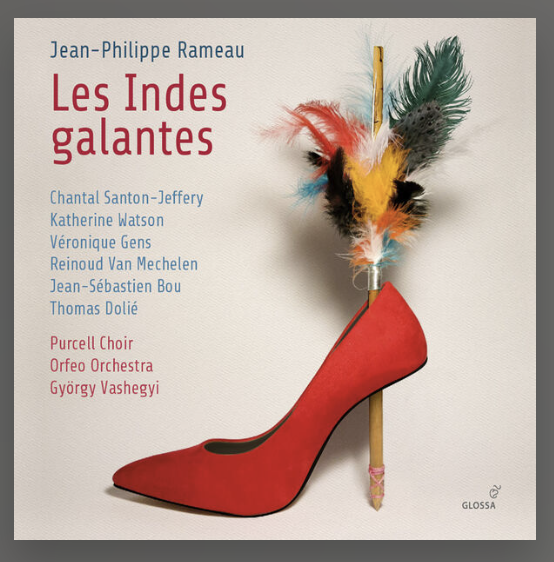

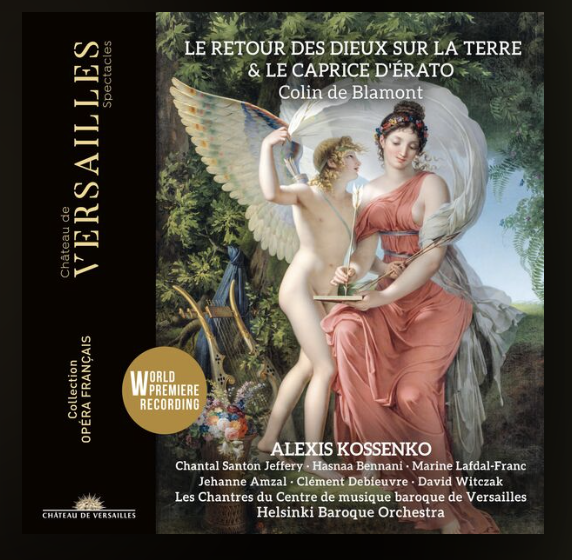
From sacred music to the Concert
Emerging from the Chapelle Royale, the genre of the large-choir motet enjoyed widespread popularity in France, where it enhanced the splendour of public celebrations and festivities in the cities of the kingdom. From its creation in 1713, the Concert de Lyon included it in its weekly sessions, and it was soon copied by other institutions. The result was a minor revolution: sacred music moved out of the church and into the secular space of the concert hall. The sous-maîtres of the Chapelle royale, Lalande and Mondonville, enjoyed unprecedented success at the Concert, both in the provinces and at the Concert spirituel in Paris, where they were performed almost every week. The repertoire also included masterpieces by the music masters of provincial cathedrals and collegiate churches (Hardouin, Belissen, Estienne, Levens, Valette de Montigny, etc.).
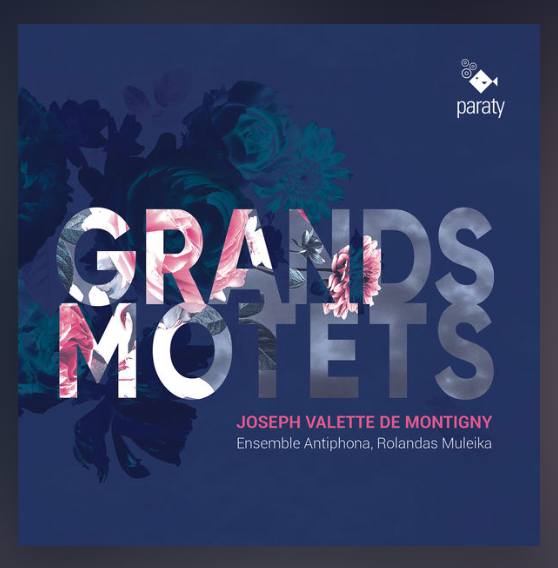
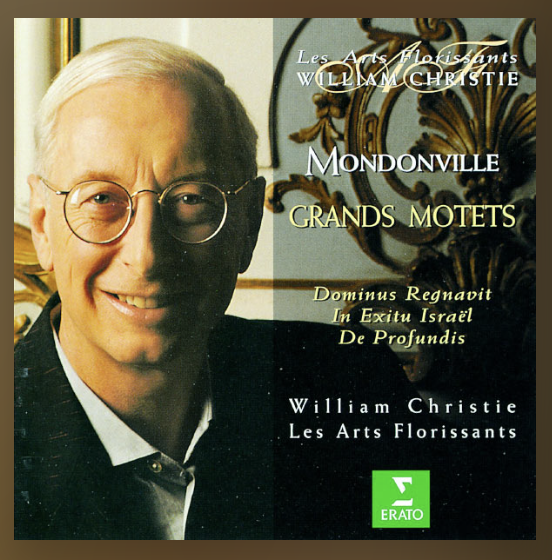
The rise of instrumental music
When François Couperin published Les Nations in 1726, he arranged the publication ‘for the convenience of music academies and private concerts’. From the very birth of the Concert, instrumental music found an ideal setting for its dissemination and, above all, its development. Marais and Forqueray themselves performed in the provinces, where their contemporaries Mascitti, Couperin and Rebel were also played. The concerto, the quartet and the symphonie concertante, to name but a few emblematic genres, would delight audiences and, from the 1760s onwards, open up to a wider European repertoire. At the same time, stardom was taking hold in an increasingly commercial system. Artists toured, their names attracted audiences and their works became increasingly virtuoso.
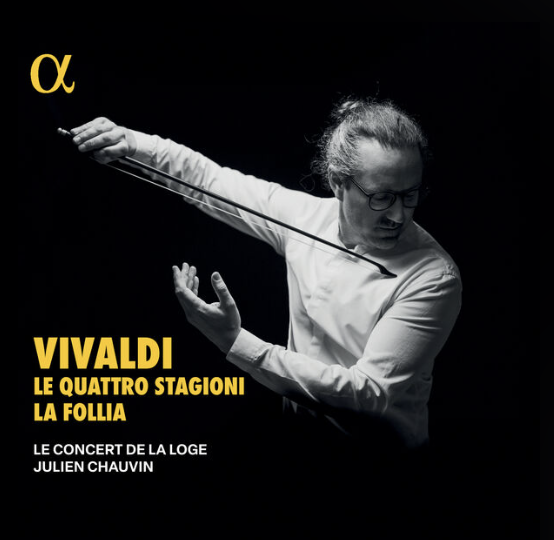
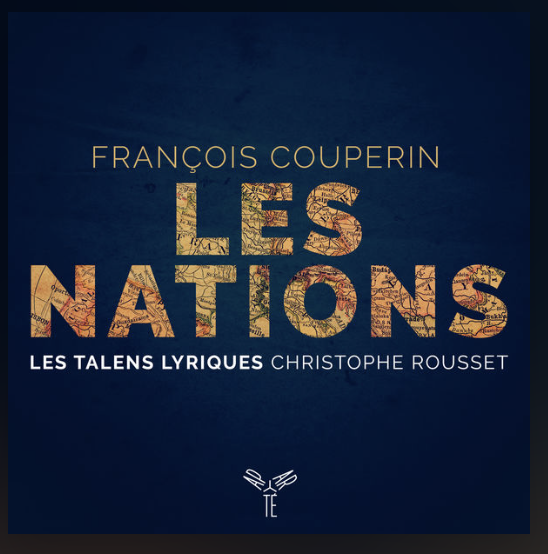
Cantatas and Italian arias
Far from the immorality assigned to the floors of the Opéra theatre, the academic setting offered singers the ideal place to perform in works that highlighted French aesthetics, Italian vocality or a taste for Latin song. In addition to opera, vocal genres generally assigned to domestic or conventual spaces suddenly took over the repertoire of music academies, where amateur and professional musicians rubbed shoulders. The French cantata, Italian arias, the solo motet and, later, the detached arias from comic operas were to enjoy immense popularity at the Concert, a popularity that is still underestimated.
